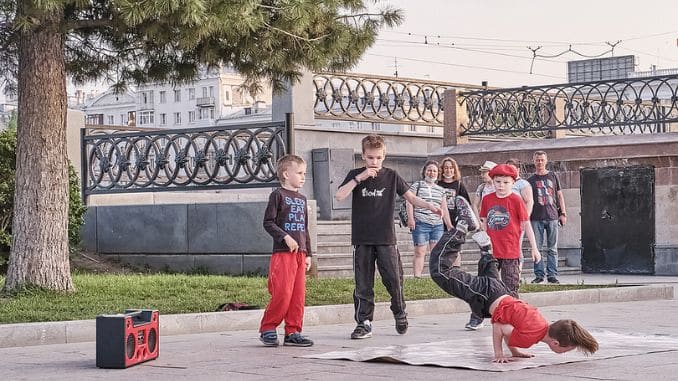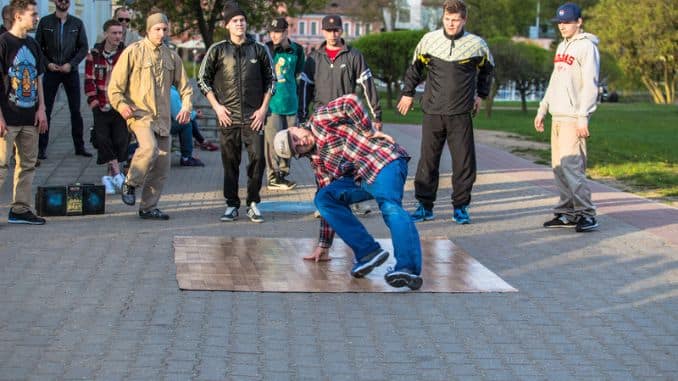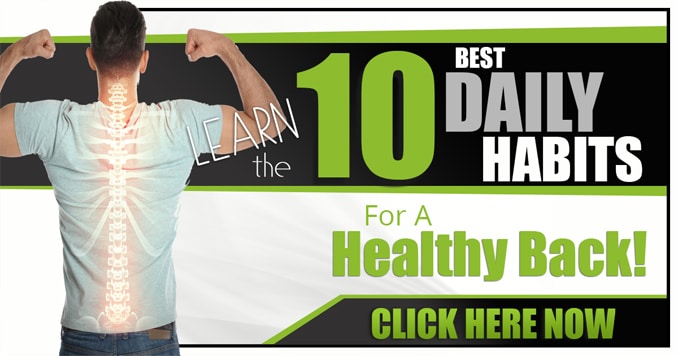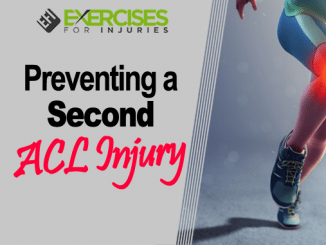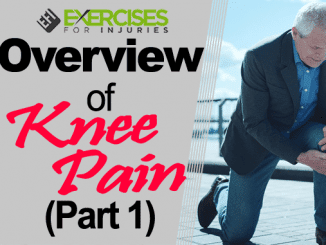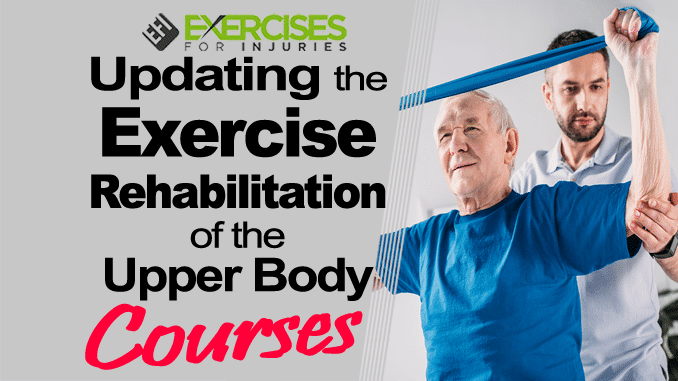
The Upper Body
The upper body is the area of the body that is home to your arms, shoulders, and chest. The ability of a person to move their arms and hands quickly and fluidly is imperative for day-to-day living. When you lose the use of your arms, it can significantly limit your ability to complete basic tasks as well as participate in activities that you enjoy. If you’re reading this article, chances are good that you work with clients who have been injured or have disabilities that impair their ability to use their arms effectively. Therefore, as an exercise rehab specialist, you may be looking for ways to improve the upper body rehabilitation courses you currently offer at your facility. In this article, we will discuss various ways you can update your current coursework to provide even more effective treatment methods for clients working on regaining their upper body movement.
Doing Some Early Morning Research
I was up early this morning.
I try to do it once a month to see what is new in the exercise rehabilitation world.
There are a lot of okay places to go, but I have a list of journals that I try to visit to see what is new and if there is any further information that will improve my courses or new exercises for my clients.
Let me share with you a little of what I found:
Curve Progression in Idiopathic Scoliosis: Follow-up Study to Skeletal Maturity
Spine: 1 April 2009 – Volume 34 – Issue 7 – pp 697-700
I am just wrapping up scoliosis and exercise manual. This article is at a great time. Cobb angle is still the best predictor of long-term curve progression.
This content is already in the upcoming manual, and if you have subscribed to the exercise and injuries manuals, you will learn more about Cobb angle and a pre-screen for scoliosis next week.
Take Home Message: Know what Cobb Angle is, and it is the besting indicator of scoliosis getting worse in a client.
Patellofemoral Joint Force and Stress during the Wall Squat and One-Leg Squat.
Introduction to Upper Body Rehabilitation
Rehabilitation is the process of treating individuals who have been physically injured or diagnosed with a physical or mental condition that impairs their ability to function. There are many different types of rehabilitation, including occupational therapy, physical therapy, and speech therapy. An injury can negatively impact a person’s mobility, strength, and endurance, which is why exercise rehabilitation is often used to help people regain these abilities. Exercise rehabilitation is a method of rehabilitation that uses specific exercises to improve physical strength, endurance, and mobility. For example, those with a spinal cord injury may have trouble moving and exercising due to their condition. Exercise rehabilitation is also provided to people with a chronic or terminal diseases such as spinal cord injury.
Exercises to Increase Strength in the Upper Body
Many different exercises can be used to increase strength in the upper body. You can tailor these exercises to meet your client’s needs based on their condition and areas of weakness. Biceps curls are exercises that can increase the strength in the arms. They can also help improve the range of motion of certain joints in the upper body. Curls are used to help build muscles in the upper arms. They can also help improve the content of activity in the wrists. Curls are a relatively simple exercise that can be performed while sitting down. The only materials required are a chair and a dumbbell. You can perform curls while standing if a chair is unavailable.
Medicine & Science in Sports & Exercise. 41(4):879-888, April 2009.
This was a fascinating article. The research is excellent, but I am looking at how it can help my clients. My clients report anterior knee pain when squatting against a wall. To decrease that strain, I modify their approach. I had no idea that altering the knee joint angle while squatting would reduce the pressure.
This is a nugget of information I will be adding to the Exercise Rehabilitation of the Lower Body courses:
“When the goal is to minimize patellofemoral compressive force and stress, it may be prudent to use a smaller knee angle range between 0[degrees] and 50[degrees] compared with a larger knee angle range between 60[degrees] and 90[degrees].”
Take Home Messages:
- Wall squat creates more force on the patella than a single-leg squat.
- Having the foot fast way or a long way from the wall created equal force on the patella in the wall squat except between 60 to 90 degrees of knee bend.
- A wall squat between 0 to 50 degrees of knee bend creates less force on the patella than one performed at 60 to 90 degrees of knee bend.
Breakdance Injuries and Overuse Syndromes in Amateurs and Professionals
Am J Sports Med April 2009 vol. 37 no. 4 797-802
Sometimes there is some fun research out there. I believe breakdancing died out in the ’80s. My friend still breakdances, and he competes.
I have yet to rehab a break-dancer, but I will remember their recommendations:
“Breakdance injuries and overuse should not be underestimated. Physicians should be aware of the common risks in this highly acrobatic kind of dancing.”
Take Home Message: Breakdancing is dangerous like every other sport.
I only got to three journals. I guess I will have to do a little more reading.
Let me know what you think of the above, and leave a comment.
Have a great weekend.
P.S. – I have the Exercise Rehabilitation of the Upper Body courses that I am presenting at the end of the month.
CLICK HERE to watch the YouTube video
Rick Kaselj, MS

